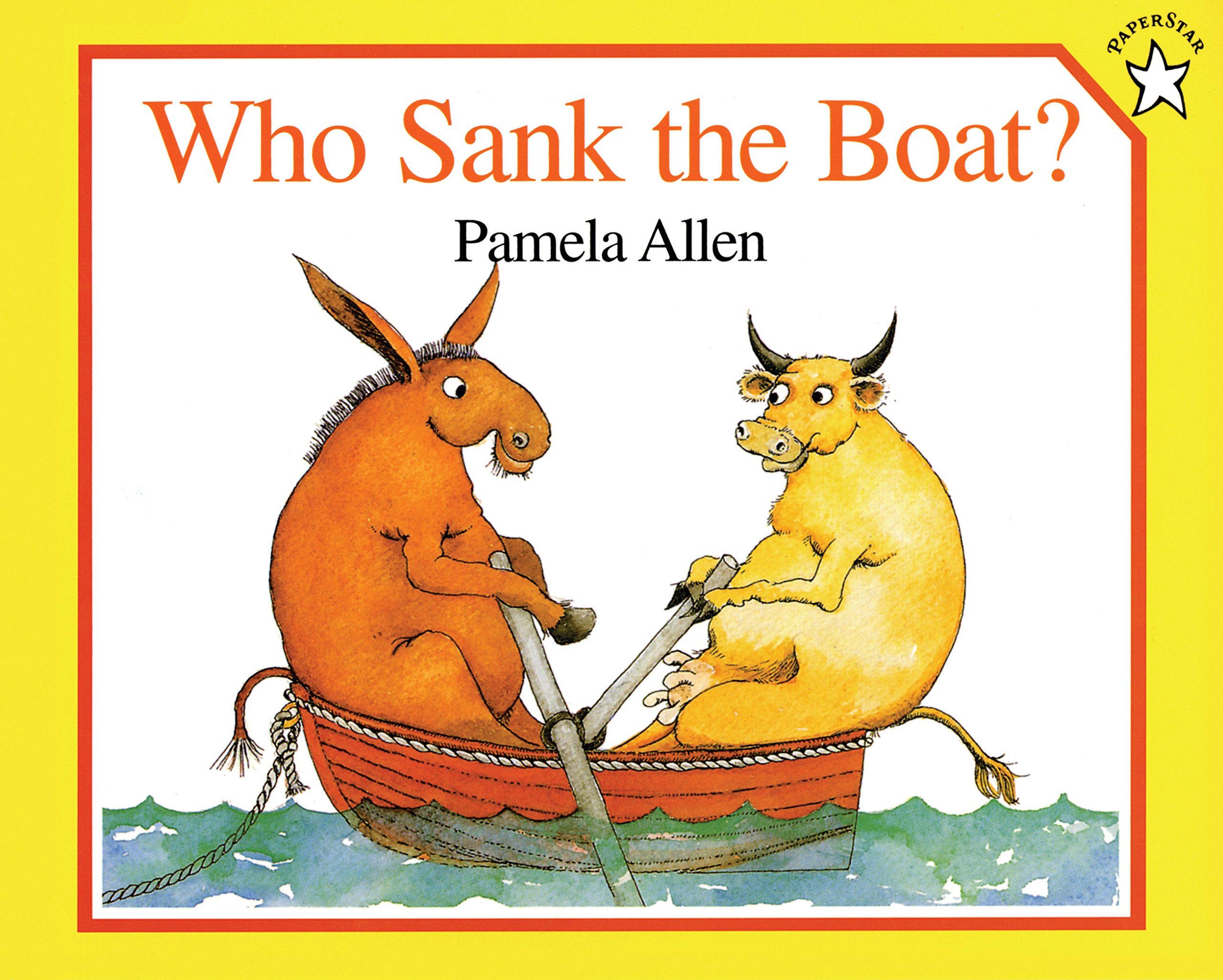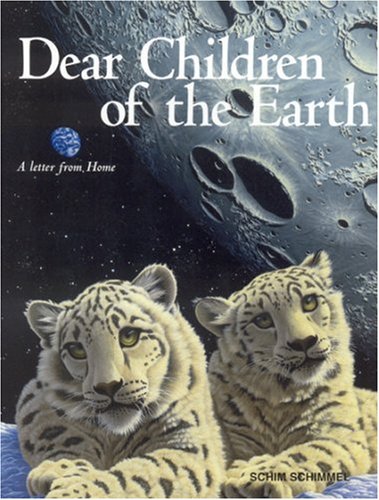Using Read Alouds in Science
Science and Literacy Connections: Part 5
Written by: Tracy Lavallee, Exemplars Science Consultant

There are a variety of different ways to incorporate important literacy skills into science learning, which we’ve discussed in previous entries: Using Science Notebooks, Writing and Science, Non-Fiction Reading, and Using Science Trade Books. Today, I’d like to share my (and my students) three favorite read-aloud books for learning science—and some activities to try along with them.
“Who Sank the Boat” by Pamela Allen
I’ve used this book with all grade levels, K-5. It lends itself to any unit or topic around sink and float, properties of matter, properties of liquids, and even density and buoyancy. It is a simple story about different animals getting into a boat. As the boat fills with animals, the boat sinks lower and lower in the water. The final animal to get on the boat is a mouse. It’s the mouse that causes the boat to finally sink!
After reading the book and discussing the students’ ideas and questions, we explore the idea of sinking and floating using tin foil boats and weights. Students design and build a boat using a piece of tin foil, then test it in tubs of water using small weights to see how much weight their boats can hold before they sink. Students collect data on their design. If time allows, students re-design and test again!
“Dear Children of the Earth” by Schim Schimmel
This beautifully written and illustrated book is a letter from Mother Earth to her children. After reading it to students, we discuss things we can do to help our planet. Students then write letters back to Mother Earth, sharing simple ways they promise to help. We share them with each other, and then I put them together into a book that we keep in our classroom. We’ve also made a whole class letter on chart paper to remember our promise to Mother Earth throughout the year.
"The Street Beneath My Feet” by Charlotte Guillain
This book is rich with the life that lives under our feet every day, whether we live in the city or the country. Before reading this book to students, I ask them to draw what they think lives beneath our feet out on the playground. Once they finish their sketches, I read the book to them. After discussing the book, we go back and add to our sketches any other things we now think might be under our feet. This book helps students to look and think a little more closely about this subterranean world below us.
Endless possibilities
I’ve found that many science books can be used as read-alouds to engage students with scientific phenomena. This engagement can be through hands-on science investigations, observations about things around us, a STEM challenge, a field trip, sketches and diagrams, poetry and art, or a research project or report. There are so many possibilities.
Exemplars can help
We have an extensive bibliography of books that can be integrated with science in our Science Exemplars Library.
Any one of these books can inspire an interest in science by discussing the ideas presented in the book, exploring deeper by research or investigation, connecting to their own lives through sketches and writing, and taking some kind of action to make a difference.
We want to help you not only bring more science into your classroom but also to connect science with literacy in meaningful and authentic ways. We’re here for you!
(Another great source of books is from the NSTA Recommends list. This list is curated and updated yearly to include some of the best in children’s literature in science.)




